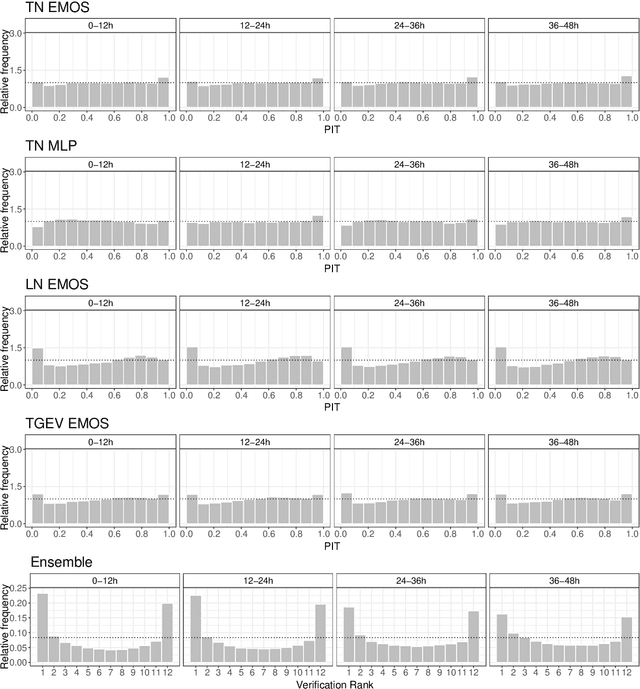Calibration of wind speed ensemble forecasts for power generation
Paper and Code
Apr 30, 2021



In the last decades wind power became the second largest energy source in the EU covering 16% of its electricity demand. However, due to its volatility, accurate short range wind power predictions are required for successful integration of wind energy into the electrical grid. Accurate predictions of wind power require accurate hub height wind speed forecasts, where the state of the art method is the probabilistic approach based on ensemble forecasts obtained from multiple runs of numerical weather prediction models. Nonetheless, ensemble forecasts are often uncalibrated and might also be biased, thus require some form of post-processing to improve their predictive performance. We propose a novel flexible machine learning approach for calibrating wind speed ensemble forecasts, which results in a truncated normal predictive distribution. In a case study based on 100m wind speed forecasts produced by the operational ensemble prediction system of the Hungarian Meteorological Service, the forecast skill of this method is compared with the predictive performance of three different ensemble model output statistics approaches and the raw ensemble forecasts. We show that compared with the raw ensemble, post-processing always improves the calibration of probabilistic and accuracy of point forecasts and from the four competing methods the novel machine learning based approach results in the best overall performance.
 Add to Chrome
Add to Chrome Add to Firefox
Add to Firefox Add to Edge
Add to Edge